EVs vs petrol or diesel cars: Should I switch to an electric car?
From range anxiety and prices to one-pedal driving, our guide can help you switch to an EV
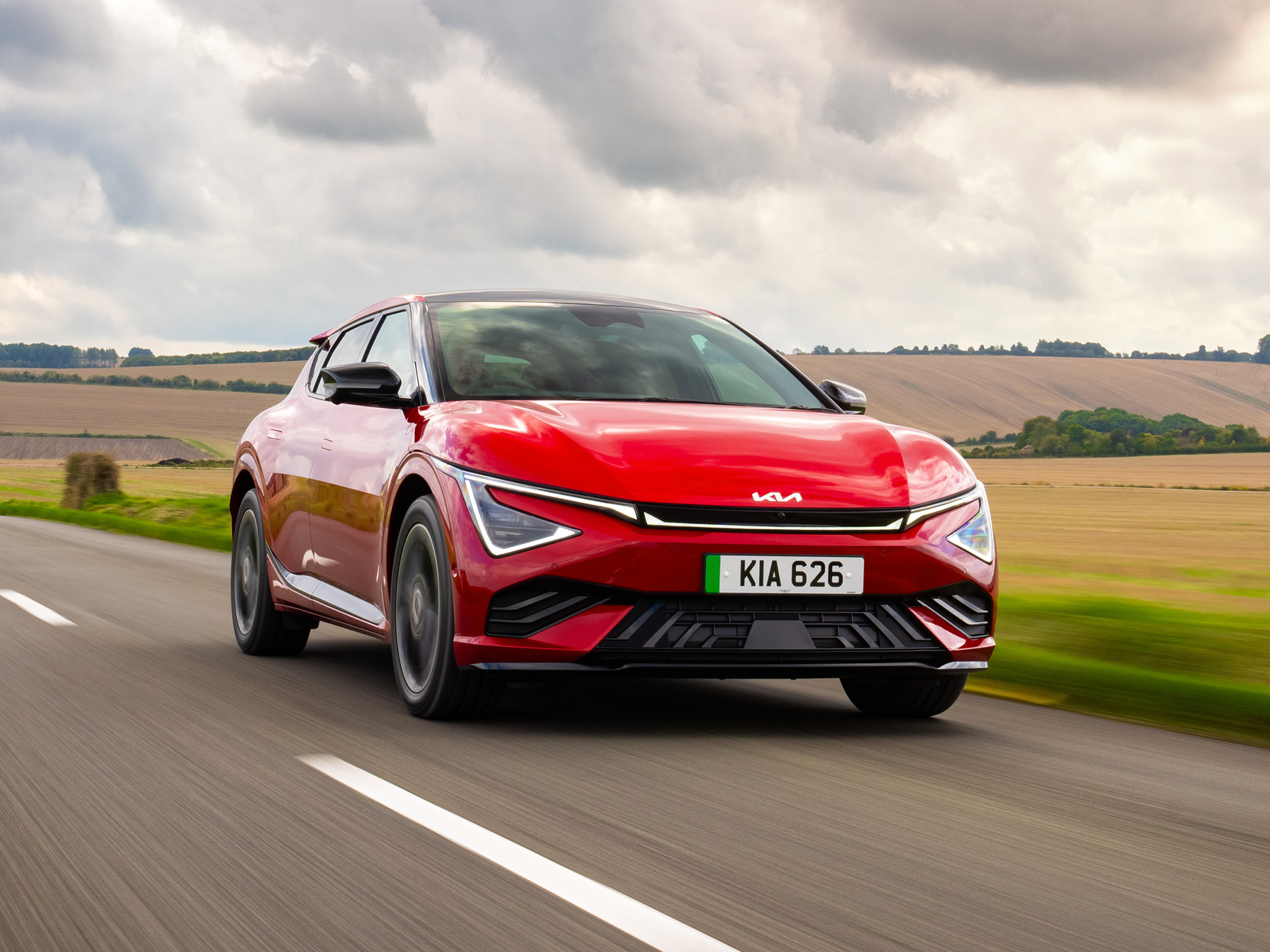
Thinking about buying your first electric car? You might have a lot of questions on your mind. How much do EVs cost? How quickly do they charge? What about range anxiety, and should I consider buying second-hand instead of new?
These questions, and many more besides, are answered below in our complete guide to buying an EV. We’ve attempted to outline all of the majors questions and concerns new EV drivers might have, from value and maintenance costs, to range, charging and how EVs drive. All of these factors differ between electric and petrol or diesel cars, so there’s quite a lot to learn before making your purchase.
There are also a lot of myths and half-truths to be combatted, especially when it comes to EV range, costs, durability and the infamous feeling of range anxiety. The good news is that there are more models of EV available than ever before, while prices are falling, range is increasing and charge time is speeding up too.
In a bid to help separate the fact from the fiction, and bring you all of the EV information you really need, we’ve answered some of the biggest questions you’ll want to ask when it comes to buying and driving your first electric car.
Are EVs more expensive than petrol or diesel cars?
Generally speaking, yes, if you compare the price of a new EV with the price of a new petrol or diesel car of the same style and size, the EV is more expensive. A good example is the current Mini Cooper, which was recently updated for 2024. The petrol version starts at £23,150, while the electric Mini Cooper E starts at £29,420.
Similarly, the BMW 5 Series starts at about £50,000, while the electric BMW i5 starts at £68,000. However, electric cars are much cheaper to run – so long as they are charged at home and not exclusively at pricey public chargers – and generally command less maintenance. They also depreciate more quickly, often costing less to buy when just two or three years old compared to an equivalent petrol or diesel car.
Make sure you do all of the usual checks, just as you would when buying any second-hand car. A key consideration is the health of the battery.
Are EVs slow to charge?
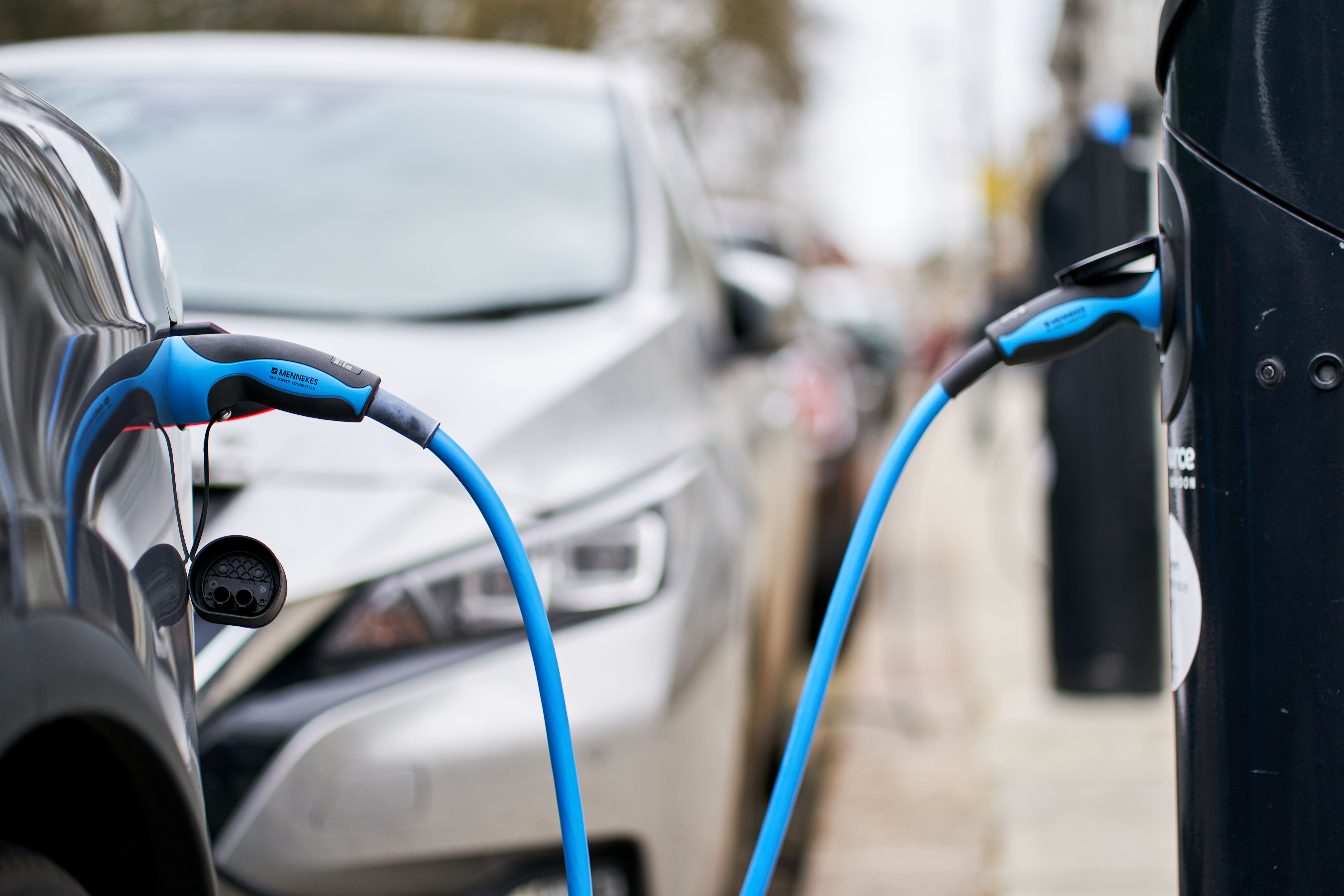
This depends on how the EV is charged, and what its maximum charge rate is. Plug a fast-charging EV like the latest Porsche Taycan into the fastest public charger you can find, and it’ll fill its battery at up to 320 kW, which means a top-up from 10 to 80 percent can take just 18 minutes.
However, plug that same car in at home, using a 7 kW wallbox charger, and you’re looking at 12 hours for a complete fill, or 22 hours if you only have a 3.6 kW charger. Use a three-pin domestic socket, which is possible with just about all EV, and the Taycan will take over 30 hours to fill its battery.
Most mid-market electric cars have a maximum charge rate of between 100 kW and 200 kW. Broadly speaking, if you plug into a charger that delivers electricity at the same rate, the battery will fill from 20 to 80 percent in 20 to 40 minutes.
What is the range of an EV?
Just like petrol and diesel cars, different EVs can travel different distances. Some need a top-up after only 100 miles or so, while 200 miles of real-world range has quickly become the norm among many models, and some manufacturers claim their cars can achieve over 300 or even 400 miles on a charge.
The current range king is the Mercedes EQS, which has a maximum claimed range of 481 miles. Meanwhile, the new Polestar 3 can manage up to 438 miles per change, and both the Volkswagen ID.7 and Tesla Model 3 share third place with a claimed 436 miles. There are currently two Peugeots – the e-3008 and e-5008 – that can also both clear the 400-mile barrier. At the other end of the spectrum, the new Dacia Spring has a claimed range of only 140 miles, but then it costs from just £14,995.
It’s worth briefly explaining that car manufacturers tend to state their EV range using the WLTP figure. This stands for Worldwide Harmonised Light Vehicle Test Procedure. Just like the MPG figures of petrol and diesel cars, WLTP range isn’t always indicative of real-world performance, but offers a useful way of comparing the respective abilities of two vehicles. EV efficiency is often calculated as miles per kWh (kilowatt-hour), or kWhs per 100 miles.
Do EVs have a shorter range in winter?
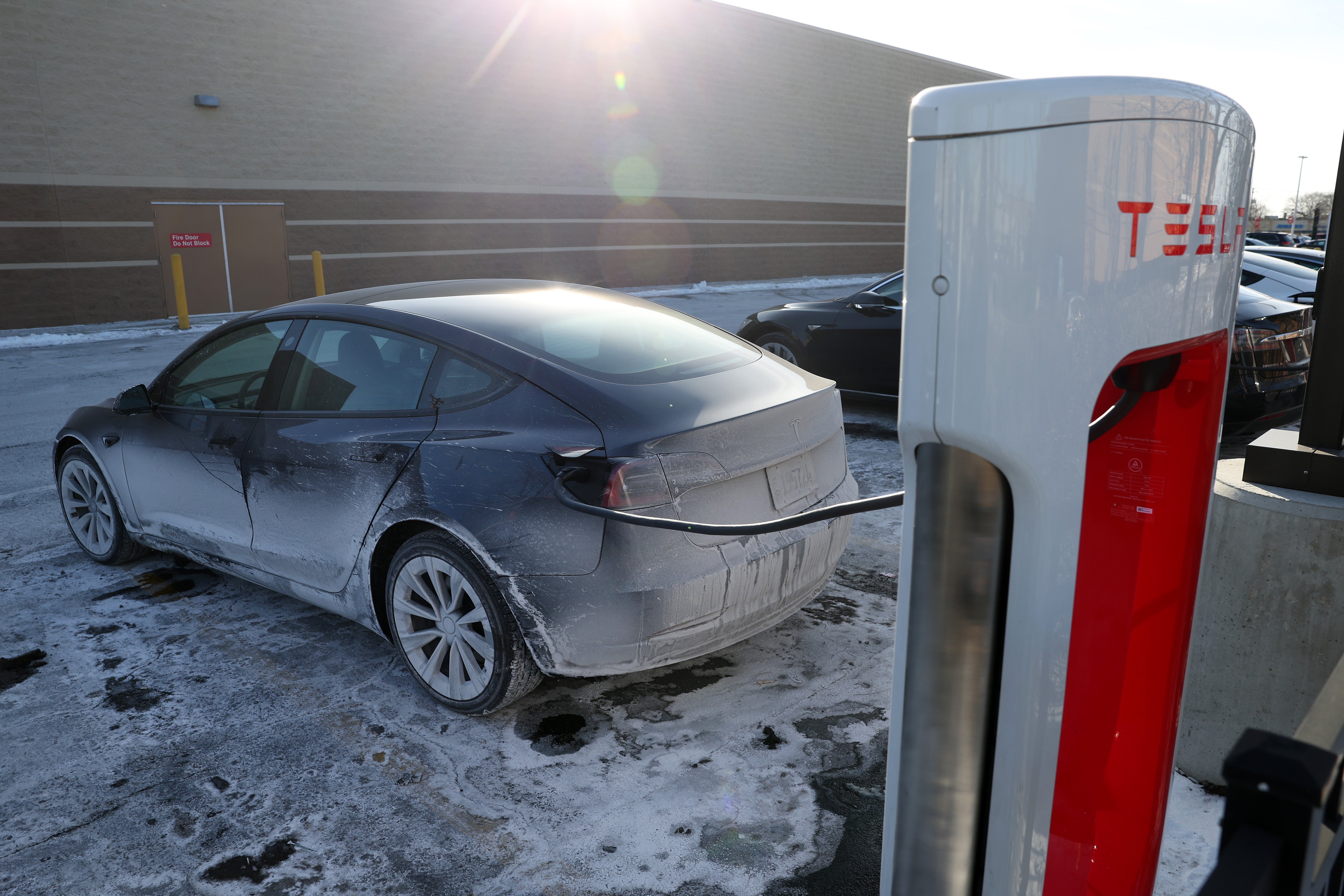
Yes. Lithium batteries like those used in electric cars, as well as in your smartphone, laptop and camera, perform less well when cold. For cars this means a shorter range and slower charging, too.
It’s hard to say exactly how much range your EV will lose in the winter, because that depends on all sorts of factors, including the exact temperature, driving style and speed, use of cabin heating, whether the car was pre-heated, and if its battery was pre-conditioned before setting off. Annual tests conducted in Norway by NAF have found EV range can fall by between four and 30 percent in cold weather.
To help prevent range loss in winter, EV drivers should allow their cars to preheat before setting off, and while plugged into the charger at home. That way they can get their cabins and batteries up to temperature using mains power instead of depleting the battery.
Are EVs simpler and cheaper to maintain?
Yes, generally speaking, they are. There is no oil to change, no filters or spark plugs to replace, no timing belts or chains to maintain. Electric motors are far simpler than internal-combustion engines, so there is less to maintain and less to go wrong. This is reflected in manufacturer service costs, which can often be lower for EVs than for petrol or diesel cars. Because EVs can use their motor to slow down (called regenerative braking), their brake pads and discs tend to last much longer than those of other cars, too. Regular maintenance is still required – especially if you want to ensure the battery warranty remains intact – but it is generally true that EVs are simpler to live with.
Are second-hand EVs good value?
Second-hand EVs can offer incredible value-for-money. This is because electric cars tend to depreciate quickly during their first year – in some cases by up to 50 percent of their original price. And while this can be bad news for EV drivers who bought their car new and out-right, it’s great news for shoppers in the nearly-new market.
As we write this in late-2024, it is possible to buy a perfectly good used EV for between £10,000 and £20,000. It might not be a glamorous option, but you can pick up a three-year-old Citroen e-C4 (about 210 miles of range) for just £12,000, or a four-year-old Polestar 2 (292 miles of claimed range) for £19,000.
Should I buy a second-hand EV?
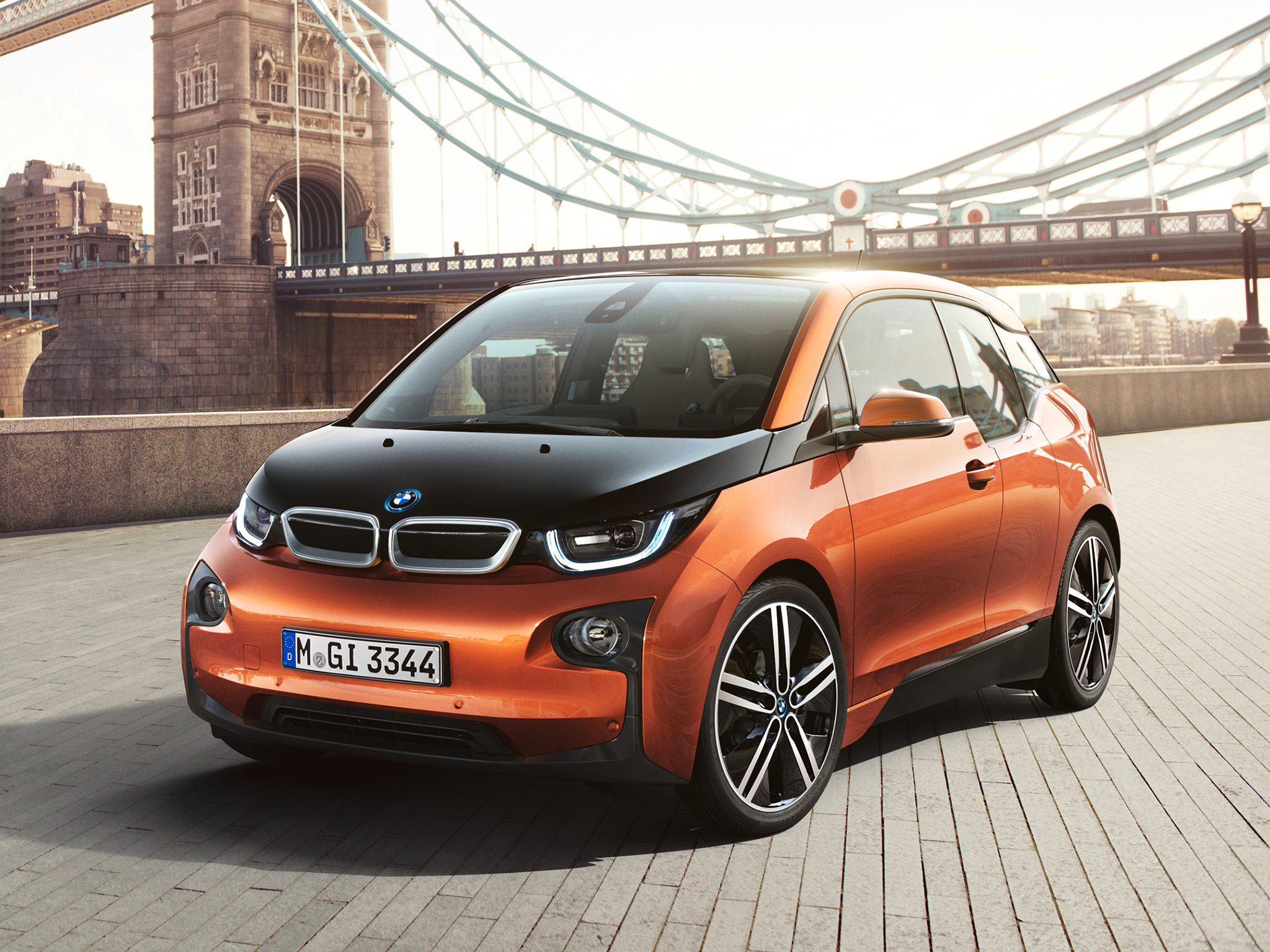
Of course, but make sure you do all of the usual checks, just as you would when buying any second-hand car. A key consideration is the health of the battery. This can be estimated by looking at the estimated range (and seeing how quickly it falls) during a test drive, or ideally you should visit an EV specialist and have them perform a diagnostic scan. This can help reveal the health of the battery, with a healthy battery better able to charge fully and deplete gradually.
As an indication of how long some EVs can last, we recently drove a decade-old Tesla Model S with 250,000 miles on the clock. Despite its age the only major parts to have been replaced were its tyres and interior mats, and the battery still had 84 per cent of its charge capacity remaining.
Are EVs different to drive?
Yes, but they are also very easy to drive, and any first-time EV driver will get used to their new car very quickly. They are quieter, smoother and often quicker than an equivalent petrol or diesel car, and since they only have one gear they drive in a similar way to an automatic car, with no clutch pedal and no manual handbrake either. Other occasional quirks include no start/stop button, with EVs like the Tesla Model 3 and Polestar 2 turning on when you press the brake pedal, then switching off after you have shifted into Park and opened the door. The biggest difference with how an EV drives is called regenerative braking, which we’ve explained in the next section.
What is EV regenerative braking?
This is the biggest difference between how EVs and other cars drive. Regenerative braking is when the car uses its motor to slow down when you lift the accelerator, coast, or brake. In simple terms, the motor becomes a generator and, while slowing the car, uses the kinetic energy generated by the momentum of the vehicle to top-up the battery.
You don’t need to understand how it works. Instead, think of the accelerator as a pedal that works in two directions. The more you press it, the quicker the car accelerates. The more you lift the accelerator, the quicker the car decelerates. A small lift will slow the car a little, while stepping fully off the pedal will slow the car with as much force as lightly pressing the brake pedal. This takes a bit of getting used to, but once you have the hang of it you’ll realise how satisfying it is to gently lift the accelerator and bring the car to a halt without ever using the brakes.
Most EVs let you switch regenerative braking on or off. If disabled, the car will coast freely when you lift the accelerator, like when a petrol car is shifted into neutral. Many EVs let you adjust the strength of the regenerative braking, either via the touchscreen or with paddles on the back of the steering wheel. This makes it easy to adjust the strength of the ‘regen’ depending on the situation; you might want stronger regen that brings the car to a stop in city traffic, but much less when on the motorway, so it doesn’t slow every time you move your foot.
When driving an EV down a long hill, and with the regen engaged, you might even see your indicated range creep up by a mile or two, since a large amount of energy is being generated by the momentum of the car, and fed into the battery.
What is EV one-pedal driving?
Some EVs have a mode called one-pedal driving. This is when the regenerative braking is turned all the way up, to a point where it will bring the car to a complete stop. This means you rarely ever need to press the brake pedal, unless slowing suddenly, and makes the car even simpler to drive.
Are there any cheap/affordable EVs?
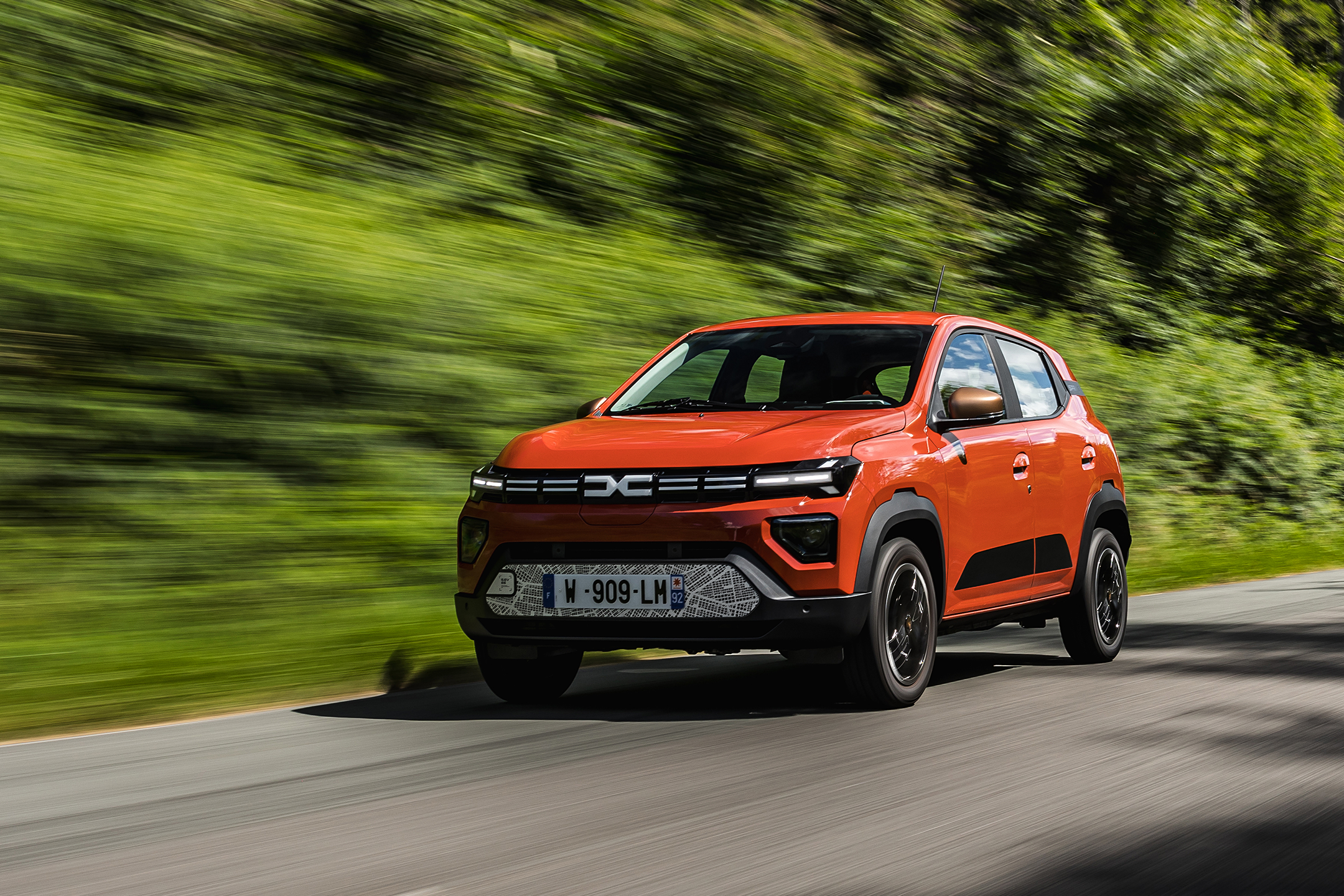
Compared like-for-like, EVs are more expensive than equivalent petrol or diesel cars. However, the market is broadening all the time and today there are finally sub new EVs available for less than £25,000. The Dacia Spring is the new low-price hero, at just £14,995, while the Citroen e-C3, BYD Dolphin and MG4 all start below £27,000, and there are several more that sneak in under the £30,000 barrier.
If you’d rather lease, there are plenty of new EVs available for under £300 a month, and some even start below £200. We recently found the Vauxhall Astra Sport Tourer EV for just under £170 a month with a £2,000 deposit, and the Ora 03 for just £133.49.
Join our commenting forum
Join thought-provoking conversations, follow other Independent readers and see their replies
Comments







Bookmark popover
Removed from bookmarks